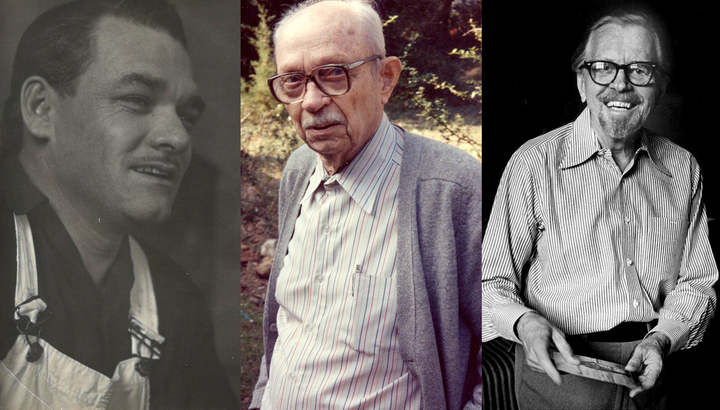The Carter Blog
Carter ARTicles
Making impressions
Jun 04, 2021
Do you like concerts, movies, or theatrical productions? If so, chances are you are accustomed to seeing lithographs in the form of posters. Lithography was invented in 1796 by German author and actor Alois Senefelder as a cheap method of publishing posters, but in the hands of artists it became a popular art form, particularly in Europe.
In the 1960s, the practice of lithography as art had basically died out in the United States. We didn’t really know how to print, and painters and sculptors had little clue how to make their own printed works. Enter June Wayne (1918–2011), an accomplished artist who worked in a variety of media, including painting, tapestry design, and film. She had the idea to create the influential Tamarind Lithography Workshop. Wayne was committed to reviving fine-art lithography, which had fallen out of favor in the U.S. as a legitimate artistic medium. With the support of the Ford Foundation, Wayne set up a workshop named after her own studio on Tamarind Avenue in Los Angeles, whose mission was to educate artists and printers alike in order to ensure the survival of the technique. By uniting master printers with painters and sculptors, Tamarind was responsible for developing lithography’s potential as an art form. Renamed the Tamarind Institute in 1970, it has since been a division of the University of New Mexico in Albuquerque, N.M.
What’s particularly amazing about this whole story is that, shortly after Tamarind's founding, Ruth Carter Stevenson, Amon G. Carter Sr.’s daughter, worked with Tamarind to acquire a copy of each print made by the workshop through 1970, and she gifted those works in their entirety to the Carter. That means that she was gathering the best examples of contemporary art by legends such as Anni Albers, Josef Albers, Ruth Asawa, Vija Celmins, Richard Diebenkorn, Sam Francis, Lee Mullican, Louise Nevelson, Ed Ruscha, Hedda Sterne, and Charles White when the ink was barely dry.
These days, we have forged a new collaborative bond with Tamarind. Not only were we instrumental in the creation of a new portfolio by Mark Dion, but we also recently added a historical Nevelson work to our collection, a triptych by Toyin Ojih Odutola that was selected by our Carter Circle members at their annual View and Vote, and our first work by legendary Indigenous artist Jaune Quick to See Smith.
New Tamarind works in the Carter Collection
Slide Controls
Slides
A note on technique
The fundamental principle of lithography is the repellent nature of grease and water. The artist draws on a limestone block or metal plate (a matrix) with a greasy drawing material such as a lithographic pencil or crayon. The entire process is done on the surface of the matrix, requiring no carving. The printer then uses several applications of gum arabic (a resinous material) and acid to chemically fix the image. This process allows the greasy areas to accept the printing inks and the non-imaged areas to reject the inks when moistened with water. Finally, after the matrix is sponged with water and inked with a roller, the image is printed onto paper using a press.
Watch the lithography process in this video from the National Museums Liverpool (UK):











